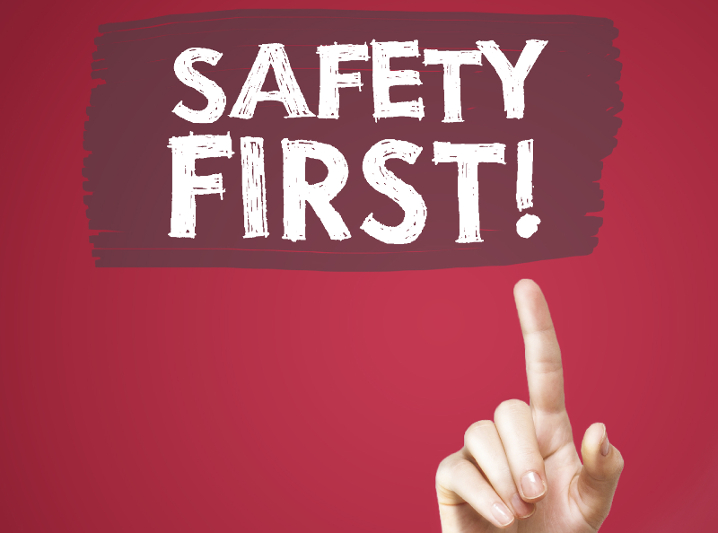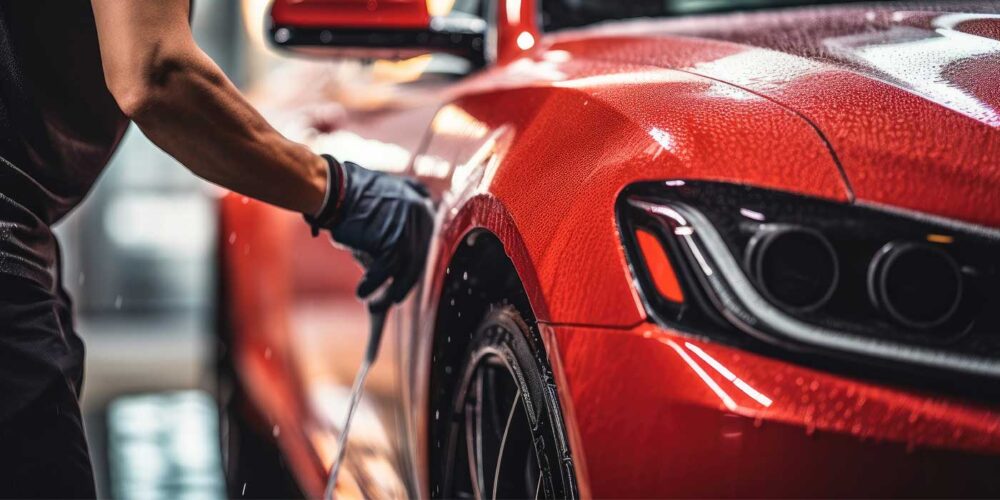On Aug. 21, 2015, the CDC (Centers for Disease Control and Prevention) reported that “exposure to hydrofluoric acid (HF) causes corrosive chemical burns and potentially fatal systemic toxicity.” They referred to examples in Washington State where “during 2001-13, there was a fatality associated with a truck wash worker who ingested the substance, along with 48 occupational cases. Among those injured, seven were hospitalized [and] two required surgery.”
Is this information significant for carwashes? Here are some of the headlines that were circulating a few days after the report was released:
- The New York Times — Carwash chemical dangerous to workers
- The Spokesman-Review — Car wash chemical a danger to workers
- Righting Injustice — CDC finds High Rate Of Chemical burns Among Carwash Workers
- Business Examiner Media Group — Workers burned by car wash chemicals
There is a common theme in all of these headlines: carwashes. However, if you read the report, it also names truck drivers, auto detailers and truck washes.
Most of us know this is not a new topic. Much has been written over the years about HF and ABF (Ammonium bifluoride). Both of these chemicals can be dangerous, causing many carwash owners to discontinue using these products. However, these chemicals still exist in the industry for cleaning wheels and tunnel walls.
Here are a few reminders of what to be aware of when handling these products:
- Skin contact is often undetected until after the injury has occurred, since the chemicals tend to penetrate the skin quickly and can attack bones. This delays any sense of pain, giving an affected worker the illusion that nothing is wrong. By the time he or she feels the consequences of being exposed to the chemical, the damage may already have occurred.
- If HF is used in a spray form, it can be accidentally ingested and may cause internal burns.
There are a few precautions you can take if you are using HF or similar chemicals:
- Train all employees regarding the hazards associated with these chemicals
- Wear goggles and face shields (not glasses)
- Wear an apron approved for use with corrosive chemicals
- Wear neoprene and nitrile gloves
- Wear appropriate shoes (no sneakers)
- Use engineering and administrative controls to limit exposure.
Some first aid ideas if someone comes in contact with these chemicals:
- In the event an employee’s skin is exposed, immediately apply 15 minutes of continuous water flow to the affected area.
- As soon as possible, transport the exposed employee to a medical facility. Be sure to take a copy of the MSDS/SDS document with you.
- If you have a trained first aid person available, he or she should apply calcium gluconate gel for skin burns. This should help limit the tissue damage. If the injury is eye related, he or she can also apply sterile one percent calcium gluconate in saline drops.
After reading this blog, some may believe that they don’t have this exposure. I implore you to read every chemical label to be sure you know exactly what you’re up against. Some years ago, I did a survey at a carwash and found an unmarked pail sitting in the tunnel. The manager explained that the wash used this cleaner for the tunnel walls. We found the original pail that the chemical came from and it was labeled simply as wall cleaner. After reading the label more carefully, we learned it had HF as an ingredient. The manager was shocked.
There is no doubt that these chemicals are great cleaning products at the wash. However, they can also be dangerous. Don’t sacrifice your employees’ safety; make the smart decision and practice appropriate safety procedures and/or look for alternatives. Finally, be sure to read all chemical labels and avoid unwelcomed surprises. Your chemical suppliers are a great reference, make sure you use them.
Remember, a safe wash protects people and profits.
You can find this blog post and more carwash safety tips at www.cwinsurance.blogspot.com/.














